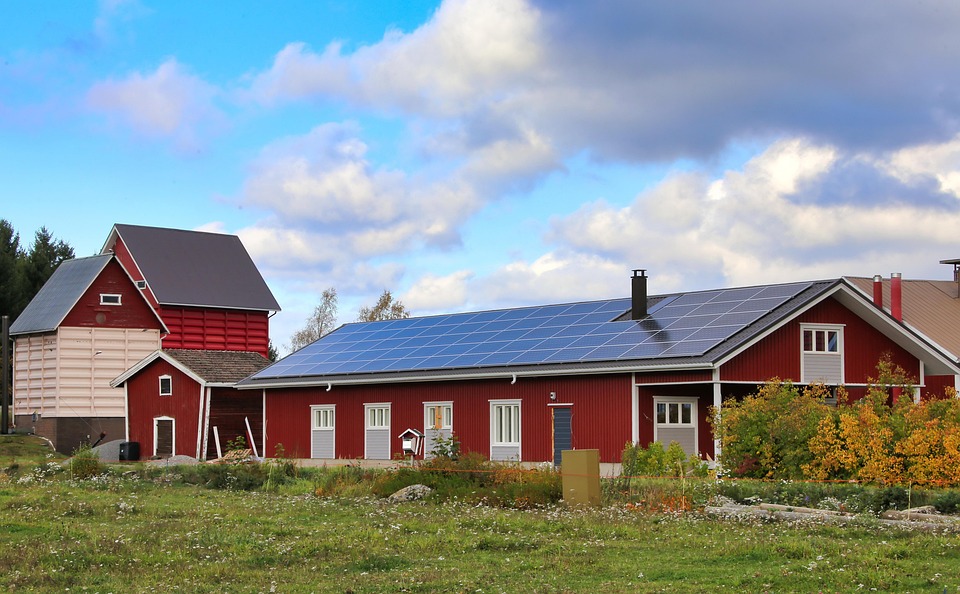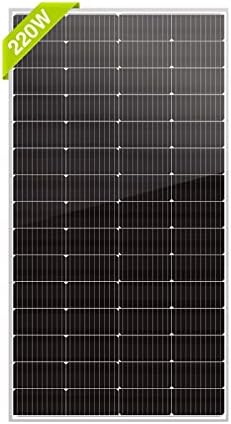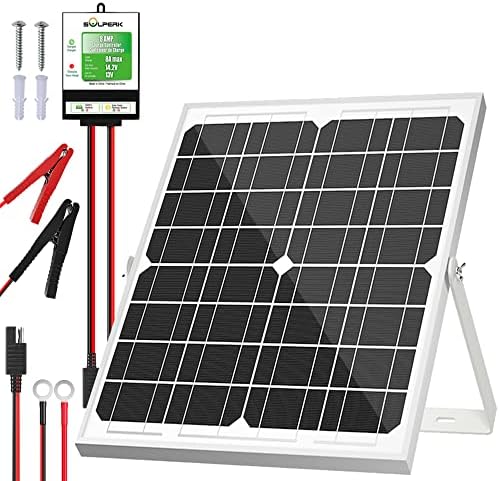# Solar Panel Showdown: Which Type Reigns Supreme?
Picture this: a crisp morning, the sun glinting through the trees, and the subtle hum of a well-oiled solar system in action. My little cabin, perched among the pines, is powered almost entirely by the sun, thanks to some thoughtful choices I made in solar technology. It’s a lifestyle that has not only cut down my energy bills but has also made me feel like a true steward of the environment. Now, let’s dive into the exciting world of solar panels and determine which type truly reigns supreme.
## Types of Solar Panels: An Overview
When you think of solar power, the first thing that often comes to mind is solar panels scattered across rooftops or fields. But did you know there are several types of solar panels? Here’s a quick lowdown on the main contenders:
1. **Monocrystalline Solar Panels**
2. **Polycrystalline Solar Panels**
3. **Thin-Film Solar Panels**
4. **Bifacial Solar Panels**
Each of these has its unique advantages and disadvantages, making them suitable for different situations and needs. Let’s delve deeper into each type and uncover which one stands out in terms of efficiency, cost, and performance.
### 1. Monocrystalline Solar Panels
**What Are They?**
Monocrystalline panels are made from single-crystal silicon cells. They’re the rockstars of the solar world, known for their high efficiency and sleek appearance.
**Pros:**
– **Efficiency**: Typically rated at 15-22%, they convert the most sunlight into electricity, making them a smart choice if space is limited.
– **Longevity**: Monocrystalline panels can last upwards of 25 years, ensuring you’ll have a reliable energy source.
– **Aesthetic Appeal**: Their uniform black color lends a modern look that many homeowners appreciate.
**Cons:**
– **Cost**: They tend to be on the pricier side due to the manufacturing process.
– **Performance in Heat**: While efficient, they can struggle somewhat in extremely hot conditions.
### 2. Polycrystalline Solar Panels
**What Are They?**
Polycrystalline panels are made from multiple silicon crystals melted together. They’re often characterized by their bluish appearance and slightly less efficient performance compared to their monocrystalline cousins.
**Pros:**
– **Cost-Effective**: Generally less expensive to manufacture, resulting in lower prices for consumers.
– **Decent Efficiency**: With ratings from 13-16%, they still perform well in various conditions.
**Cons:**
– **Space Requirement**: Due to lower efficiency, you’ll need more panels to generate the same amount of power as monocrystalline.
– **Aesthetic Issues**: The speckled blue look isn’t for everyone.
### 3. Thin-Film Solar Panels
**What Are They?**
Thin-film panels are created by depositing one or more thin layers of photovoltaic material onto a substrate. This makes them lightweight and flexible, opening up a world of possibilities for installation.
**Pros:**
– **Versatility**: They can be used on surfaces where traditional panels wouldn’t work, such as curved structures.
– **Performance in Low Light**: Better performance in partial shading or cloudy conditions compared to crystalline panels.
**Cons:**
– **Lower Efficiency**: Typically ranked at only 10-13%, requiring significantly more space for the same output.
– **Shorter Lifespan**: They generally last around 10-20 years, which is shorter than crystalline options.
### 4. Bifacial Solar Panels
**What Are They?**
Bifacial panels are a newer technology that captures sunlight on both sides, increasing their energy output. They’re typically made from transparent backsheets or glass.
**Pros:**
– **Higher Output**: They can generate more power because they utilize reflected light from the ground.
– **Durability**: Due to their robust construction, they often last longer than traditional panels.
**Cons:**
– **Installation**: They require specific mounting systems to maximize their dual-sided capabilities.
– **Price Point**: Generally more expensive than standard panels due to their advanced design.
## The Winner of the Showdown
So, which type reigns supreme? If you’re looking for the best bang for your buck in terms of efficiency, space-saving capabilities, and long-term investment, **monocrystalline solar panels** take the crown. They excel in energy output and durability, making them a wise choice for homeowners and off-grid enthusiasts alike. However, if budget is a concern and space is ample, **polycrystalline** may be the practical path forward.
For those in niche situations, like mobile homes or unconventional structures, consider **thin-film panels** for their flexibility. Meanwhile, **bifacial panels** are the innovative upstart, making waves where energy efficiency and design flexibility are required.
## Factors to Consider in Your Solar Panel Decision
Beyond the types of panels available, several factors can influence your decision:
1. **Energy Needs**: Assess how much energy you’ll need to power your home or cabin.
2. **Installation Space**: Evaluate the space available for installation. If you’re limited on space, efficiency will be a priority.
3. **Budget**: Determining your budget early will help narrow down your options. Be sure to factor in installation costs, not just panel prices.
4. **Climate**: Consider your local weather conditions. For instance, areas with high temperatures might be better suited for polycrystalline panels.
5. **Local Incentives**: Check for any state or local incentives that may apply to solar installations, as these can significantly affect your budget.
## Pro Tips for Solar Panel Success
– **Research Solar Providers**: Look for companies with strong reputations and customer reviews.
– **Get Multiple Quotes**: Prices can vary, so shop around to find the best deal.
– **Consider Add-Ons**: Think about pairing solar panels with energy storage systems like batteries. This makes your energy situation more resilient, especially in off-grid living.
– **Regular Maintenance**: Keep panels free of debris to optimize efficiency. Regularly check for shading from growing trees or buildings.
## The Solar Impact: Beyond Just Energy
Living with solar energy is not just about saving money; it’s about being part of a global movement towards sustainability. By investing in solar panels, you’re reducing your carbon footprint, contributing to cleaner energy, and leading a more self-sufficient lifestyle. It’s an empowering feeling, knowing that you are tapping into a renewable source of energy right from your own roof or yard.
The sunshine is a gift we can use wisely—transforming our lives and the world around us. Whether you choose monocrystalline, polycrystalline, thin-film, or bifacial panels, each decision you make propels you toward a brighter, more sustainable future.
## Conclusion
The solar panel showdown reveals that while there might not be a one-size-fits-all solution, a panel’s efficiency, durability, and adaptability place monocrystalline solar panels at the top of the list for many. However, every scenario has unique needs. So equip yourself with the knowledge presented here, and you’ll be set to make informed choices that not only power your home but redefine how you interact with nature and energy. Here’s to sunny days and a green future!



